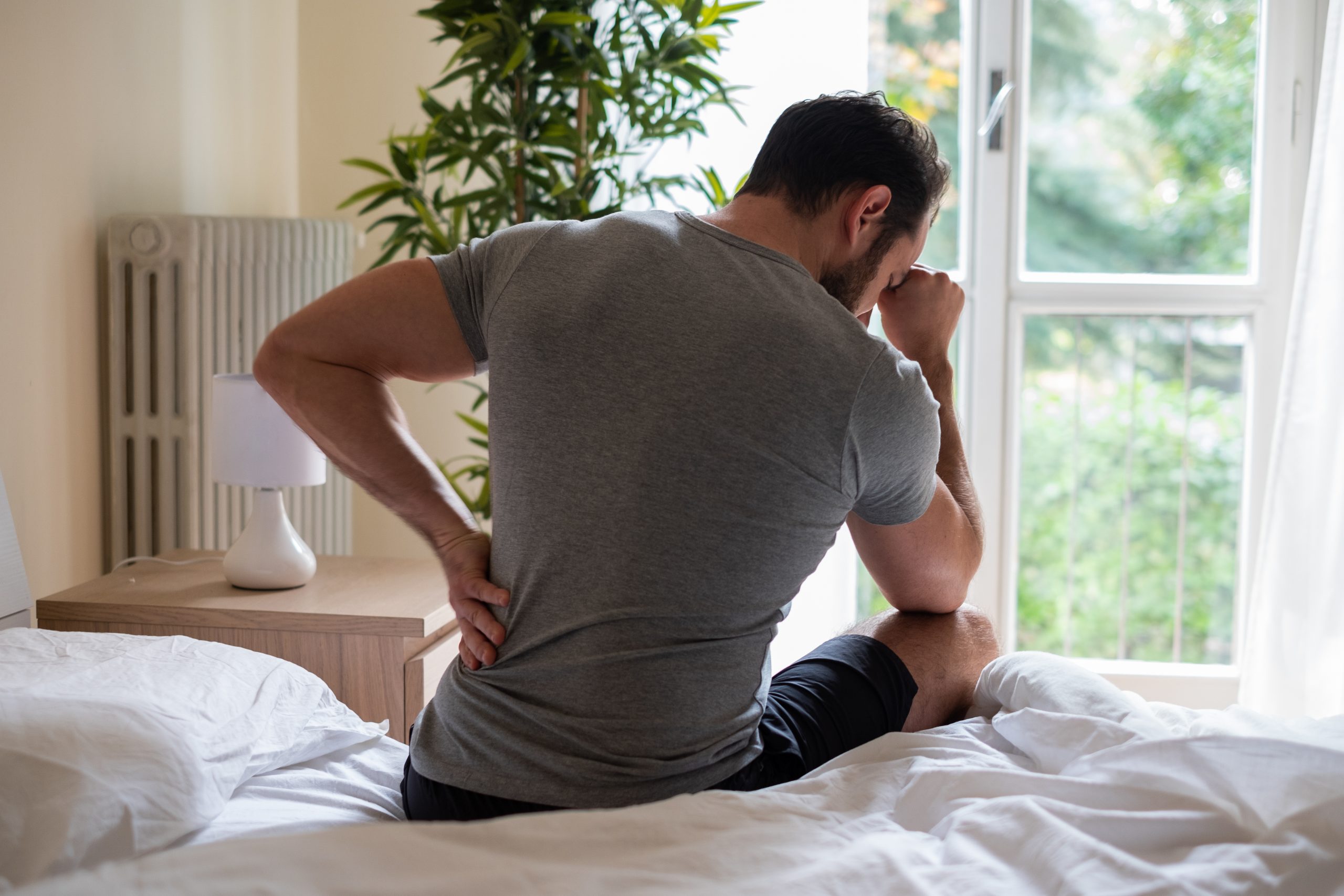
The XLIF (eXtreme Lateral Interbody Fusion) is an approach to spinal fusion in which the surgeon accesses the intervertebral disc space and fuses the lumbar spine (low back) using a surgical approach from the side (lateral) rather than from the front (anterior) or the back (posterior).
The XLIF may not be ideal for every situation, but it is one of a number of spinal fusion options that can be used to treat specific types of lumbar spinal disorders, such as lumbar degenerative disc disease, spondylolisthesis, scoliosis and deformity and some recurrent lumbar disc herniations and types of lumbar stenosis.
“The type of treatment I recommend for back pain depends on the kind of pain a patient is experiencing, and the underlying cause of the discomfort,” explains SRO surgeon Christian Athanassious, M.D. “There are any number of reasons that patients can experience spine problems. Most cases are caused by either instability or by disc, bone or ligaments putting pressure on the nerve roots or cord.”
Since some symptoms of low back strain can point to more serious conditions, it is important to consult a doctor when symptoms linger or disrupt normal routines. Any numbness and weakness in the legs, or bowel and bladder problems, can be a sign of nerve damage requiring immediate medical attention.
Surgery for low back pain is considered only after symptoms fail to respond to nonsurgical treatment methods first. But for patients whose symptoms continue to worsen, and for anyone whose spinal condition indicates the need for surgery, the XLIF® procedure may provide the best outcome. Potential benefits include:
- reduced time in the hospital
- shortened recovery time
- less blood loss during the procedure
- smaller scar/incision
- an implant designed for maximum stability of the spine
The XLIF® technique uses patented nerve monitoring technology, where the surgeon gains lateral access to the spinal column, avoiding any major nerves in the area between the incision and the column. The XLIF procedure has the benefit of avoiding the risks of vascular and/or neural injury as found in traditional approaches.
“Most XLIF® patients are discharged from the hospital just one or two days following surgery,” explains Dr. Athanassious. “Every patient is unique and the orthopaedic surgeon will deter-mine the most appropriate postoperative course for the best outcome.”
Our Approach to Minimally Invasive Spine Surgery
When it comes to accessing quality care for spinal disorders and related health problems for patients living in Sonoma County, the Total Spine Health Program at SRO provides both patients and referring physicians a complete, balanced approach to the treatment of spinal pathology.
With Minimally Invasive Spine Surgery our goal is to get patients back to a more enjoyable experience of life using minimally invasive techniques. This surgery involves the use of tiny incisions that treat the spinal problem without damaging surrounding muscle and tissue. Learn more …
Dr. Christian Athanassious is a board certified spine surgeon with fellowship training in spine surgery from Stanford University. He is the Medical Director of The Total Spine Health Center. An advocate of the whole-body medical approach to treating patients, Dr. Athanassious completed his undergraduate degree in Psychology from UC Davis with the intention of pursuing his medical doctorate. With a background in psychology, Dr. Athanassious never loses sight of the mind/body connection when considering the best treatment for his patients.


